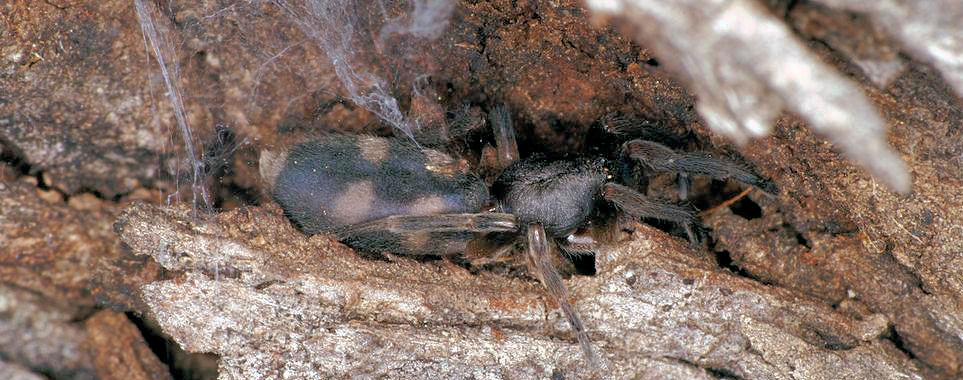
The Lamponidae have long been considered a subfamily of the Gnaphosidae. The size of the spider belonging to this family varies from 13 - 18 mm.
 |
| White-tailed spiders belong to the Australian family Lamponidae, a
family containing 23 genera with around 190 species (2005) divided among
three subfamilies: Lamponinae, Centrothelinae and Pseudolamponinae. The Lamponidae have long been considered a subfamily of the Gnaphosidae. The size of the spider belonging to this family varies from 13 - 18 mm. |
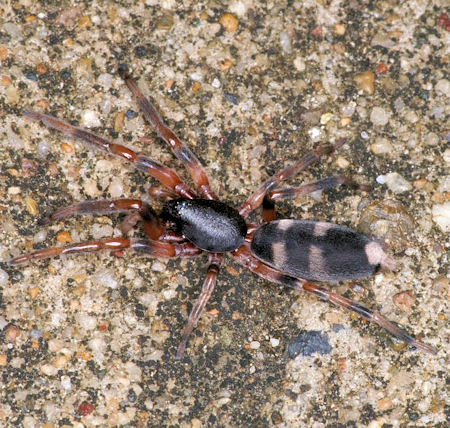 |
The bite of a white-tailed spider can cause an initial burning pain.
Many bitings occur while sleeping (30%) or during dressing (40%). In a study of Isbister and Gray 130 positive identified Lampona bites were studied. None of the patients developed necrotic ulcers. The bite was always painful and in 27% there was a severe pain. In 44 % of the cases a persistent red mark, with associated itchiness and pain or lump remained for 5 to 12 days. Other information sources state that the bite is not remarkable for its pain. |
Lampona murina
|
Habitat Two of the white-tailed spiders have attracted significant attention,
Lampona cylindrata and Lampona murina. These spiders have a
dark reddish to grey, cigar-shaped body and dark orange-brown banded legs.
Their size varies between 12 and 18 mm. |
The spider is nocturnal and a vagrant hunter in and around houses under bark and logs. They build a sac-like web to hide in. They feed primarily on other spiders. Two of the white-tailed spiders have attracted significant attention, Lampona cylindrata and Lampona murina. These spiders have a dark reddish to grey, cigar-shaped body and dark orange-brown banded legs. Their size varies between 12 and 18 mm. |
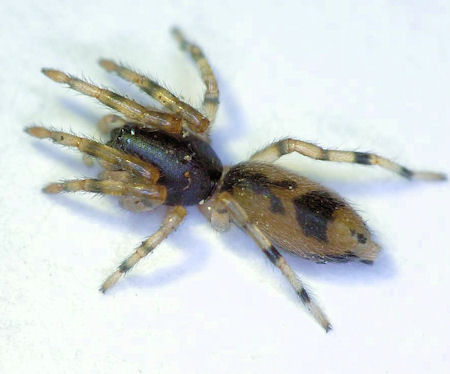 |
| Lampona ZZ528 (Picture Robert Whyte) | |
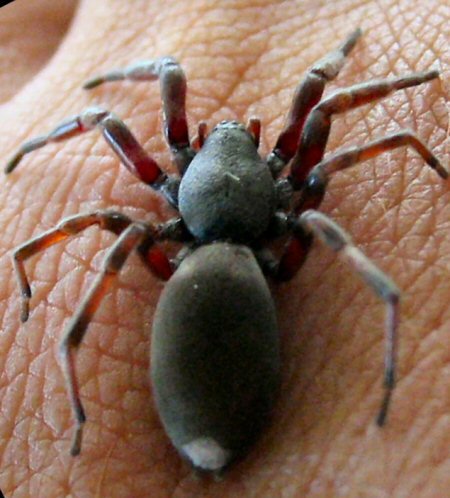 Lampona cylindrata on Eric Versteegen |
|
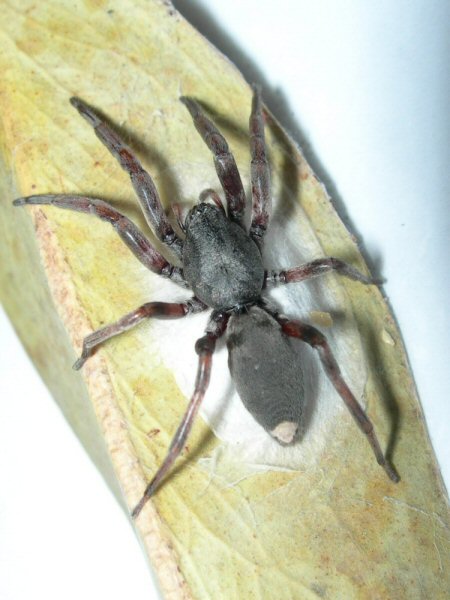 |
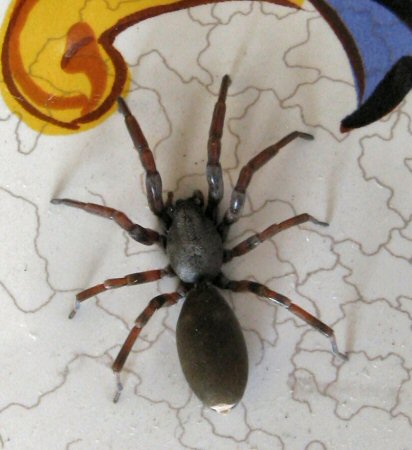 |
| Lampona cylindrata on egg-sac by Colin Halliday | Lampona cylindrata by Eric Versteegen |
More
info on Australian museum
White-tail spider bite: a prospective study of 130 definite bites by Lampona
species
Ed Nieuwenhuys,23 march 2023
18 april 2017, 12 april 2011, 3 december 2006